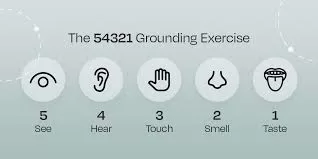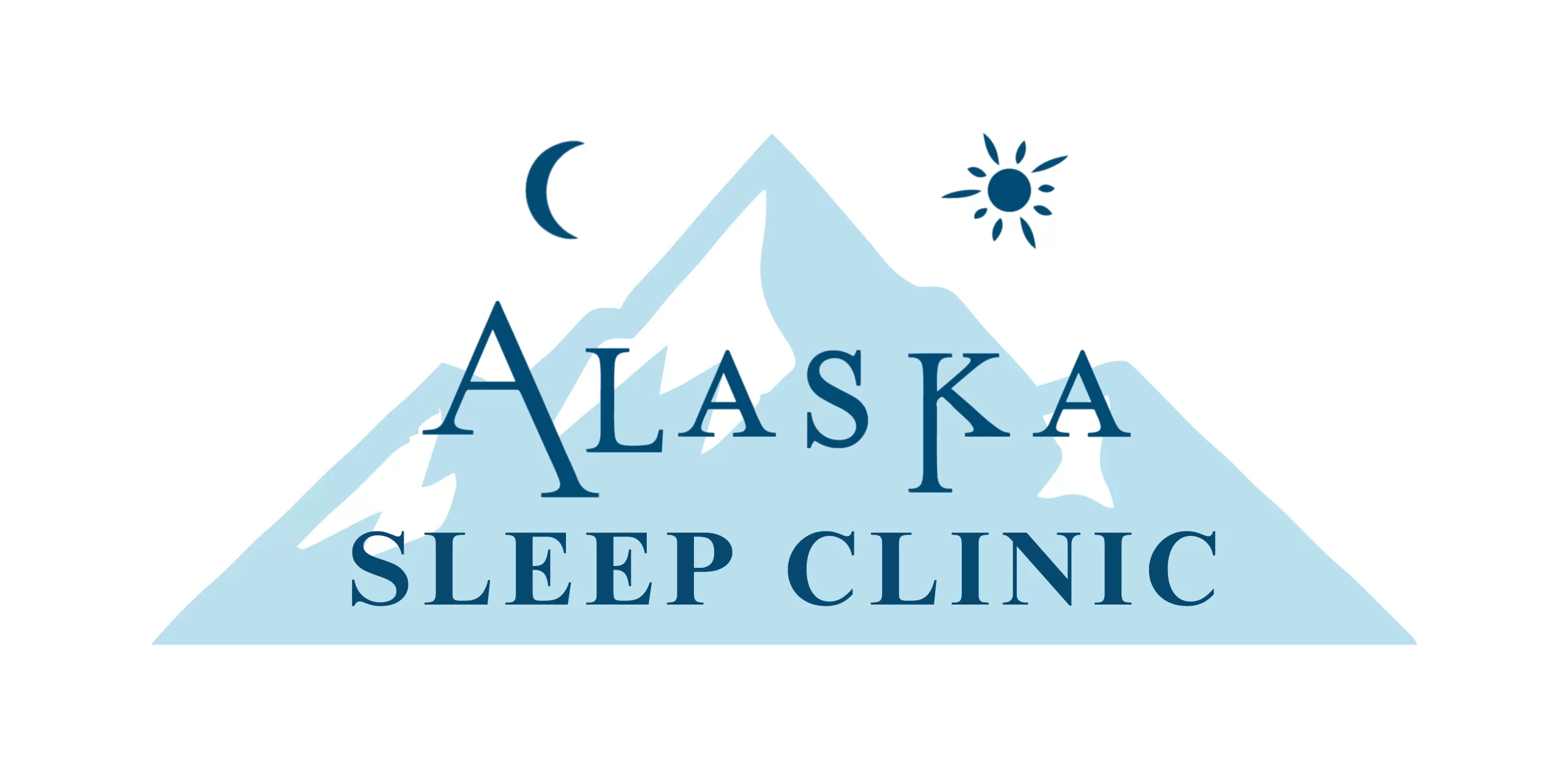
Stress and anxiety often seem like unavoidable parts of life. Unfortunately, these mental strains frequently creep into our nights, disrupting sleep and leaving us exhausted. Grounding techniques, such as the 5-4-3-2-1 method, offer a simple yet effective way to calm your mind, making it easier to unwind and improve sleep quality.
What Is the 5-4-3-2-1 Grounding Technique?
The 5-4-3-2-1 grounding technique is a mindfulness exercise designed to bring you into the present moment by engaging your five senses. By focusing on what you see, hear, feel, smell, and taste, this method helps shift your attention away from stressful thoughts and calms the nervous system.
- 5 things you can see: Take a moment to notice five things around you. Look closely at their colors, textures, and shapes.
- 4 things you can hear: Close your eyes and tune into four sounds in your environment—maybe a fan, birds chirping, or distant chatter.
- 3 things you can feel: Notice three tactile sensations, like the fabric of your clothing, the floor beneath your feet, or a soft pillow.
- 2 things you can smell: Identify two distinct scents. They could be the aroma of tea, hand soap, or even the air’s freshness.
- 1 thing you can taste: Focus on one taste, such as water, gum, or lingering flavors from a meal.
This exercise is portable, easy to remember, and takes just a few minutes—perfect for incorporating into your daily routine or bedtime wind-down.
How Grounding Promotes Better Sleep
Stress and anxiety are two of the most common culprits behind restless nights. Grounding techniques like 5-4-3-2-1 can ease the mental and physical tension that interferes with sleep, helping you fall asleep faster and enjoy deeper rest.
1. Calms the Nervous System
When you’re stressed, your body activates the fight-or-flight response, releasing adrenaline and cortisol, which can make relaxation feel impossible. Grounding techniques help counteract this response by engaging the parasympathetic nervous system (the “rest and digest” system). This shift reduces heart rate and promotes calm, preparing your mind and body for sleep.
2. Interrupts Racing Thoughts
At night, it’s common for worries about the past or future to spiral out of control. The 5-4-3-2-1 technique anchors your attention in the present moment, helping to interrupt racing thoughts and quiet your mind. This mental pause can be the difference between hours of tossing and turning or drifting into peaceful sleep.
3. Establishes a Relaxing Routine
Practicing the 5-4-3-2-1 method before bed can signal to your brain that it’s time to relax. When done consistently, it becomes part of a calming pre-sleep ritual, creating a smooth transition from the hustle of the day to restorative rest.
Tips for Using 5-4-3-2-1 for Sleep
- Practice regularly: Incorporate grounding into your nightly routine, even when you’re not feeling stressed. Consistency enhances its effectiveness.
- Create a calming environment: Pair the exercise with dim lighting, soothing scents, or soft music to reinforce relaxation.
- Be patient: Like any skill, mindfulness takes time to master. Stick with it, and you’ll likely notice improvements in your sleep quality.
The 5-4-3-2-1 grounding technique is a simple yet powerful tool for managing stress and promoting better sleep. By calming the nervous system, breaking the cycle of anxious thoughts, and creating a relaxing routine, this practice can help you achieve the restorative rest your mind and body need. Whether you’re winding down from a hectic day or battling insomnia, grounding is a technique worth adding to your sleep toolkit.
Dealing with Stress
Struggling to fall asleep or stay asleep can be frustrating, especially when stress is the root cause. The more stress we carry into the evening, the harder it can be to let go and drift into a restful slumber. If you find yourself tossing and turning at night, it’s time to explore stress-relief techniques that can help you sleep better.
These quick tips will not only help you relax but also improve the quality of your sleep, allowing you to wake up feeling refreshed and ready to take on the day.
- Exercise during the day. Taking some time to relieve stress from the body and mind can energize the rest of the day.
- Avoid caffeine and alcohol in the evening. If you limit the intake to the afternoon, your body will not metabolize the drinks during bedtime.
- Schedule regular massages to help release anxiety.
- Create a sleep sanctuary. Dark curtains, oil diffusers, and cool temperatures can create the ambiance needed to sleep well.
- Keep a journal. Journaling allows you to externalize your thoughts and stories. You may also want to keep a sleep journal and pen by your bed, and write down any thoughts or sensations that are keeping you awake.
- Relax before bed leaving electronics off. Yoga, meditation, soothing music, and warm baths can help settle your day.
A sleep study may be the best route to link sleepiness. Though the type of sleep study varies by a patient’s symptoms, healthcare providers will monitor your sleep either in a lab or at your home using portable home sleep apnea testing equipment.
Completing a sleep study can also enhance your quality of life from anxiety which already is most likely taking away a full night’s rest.
If you live in Alaska and are ready to take back your sleep, contact The Alaska Sleep Clinic and receive a free 10-minute phone consultation with a sleep educator who can help you determine if a sleep study is right for you.












